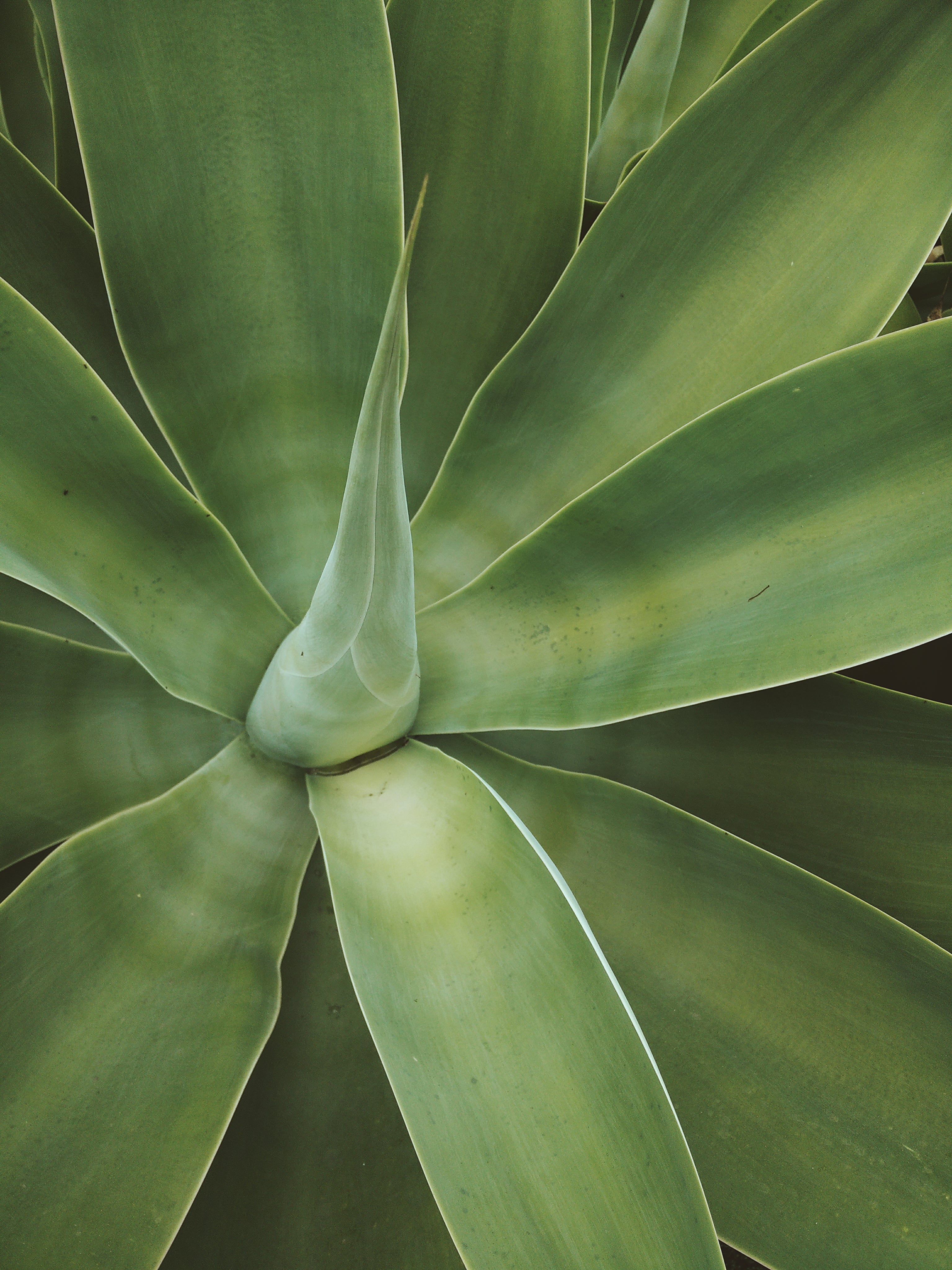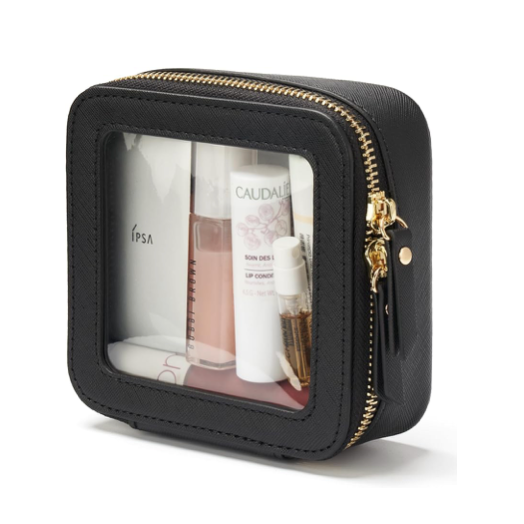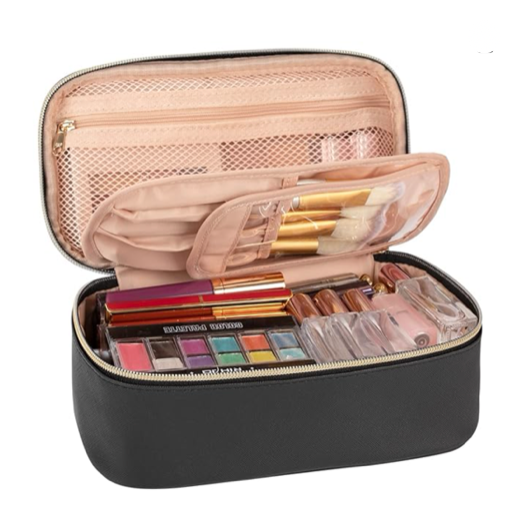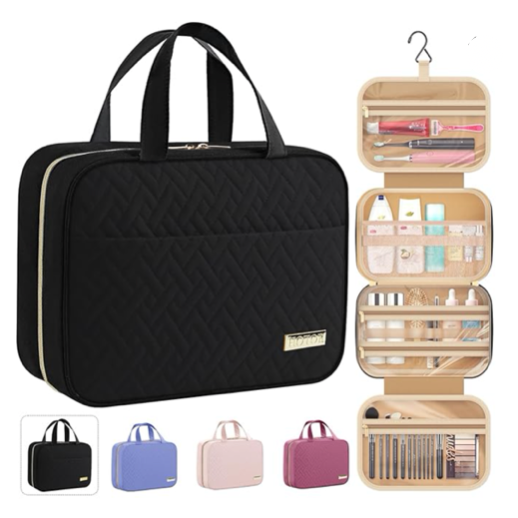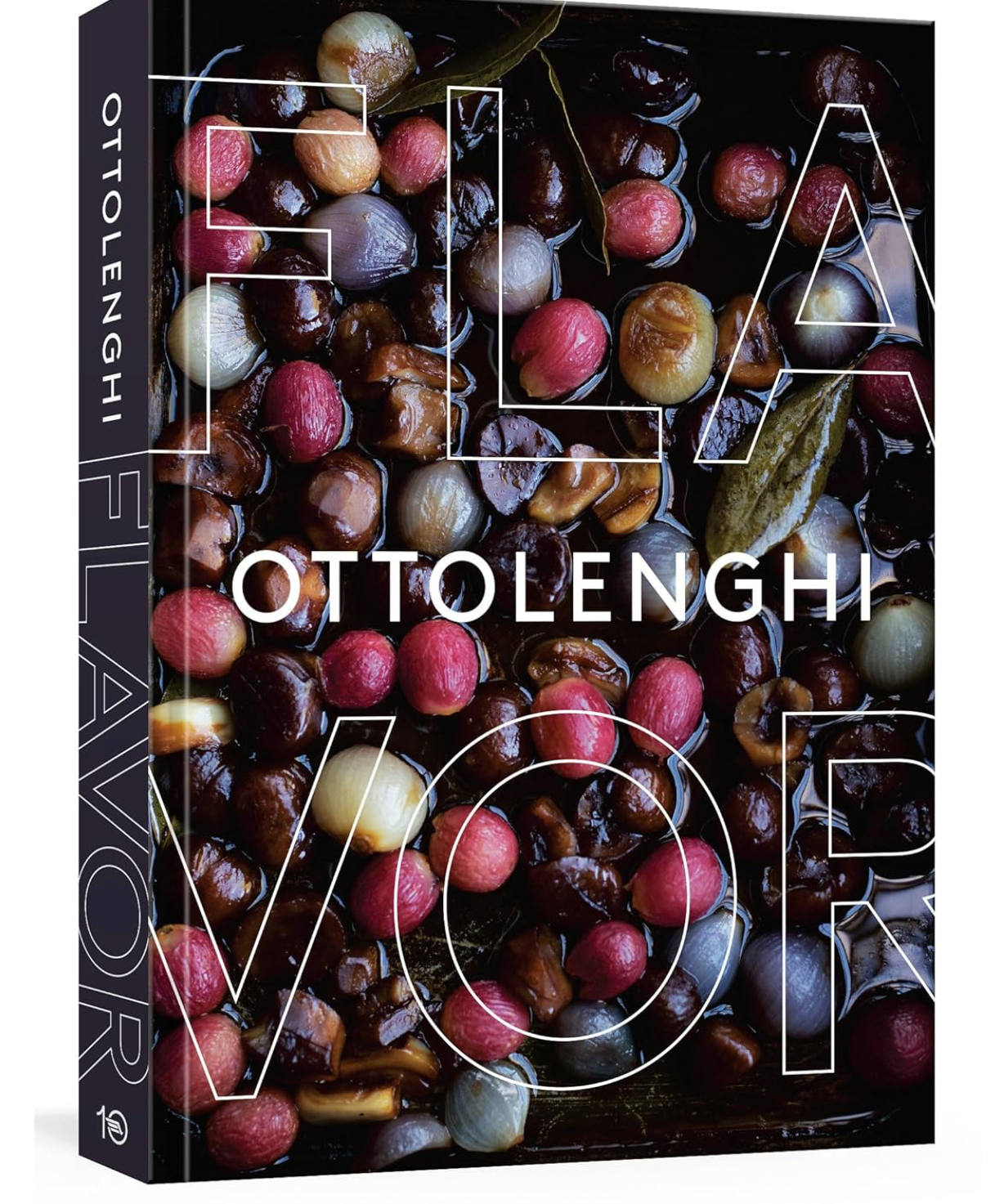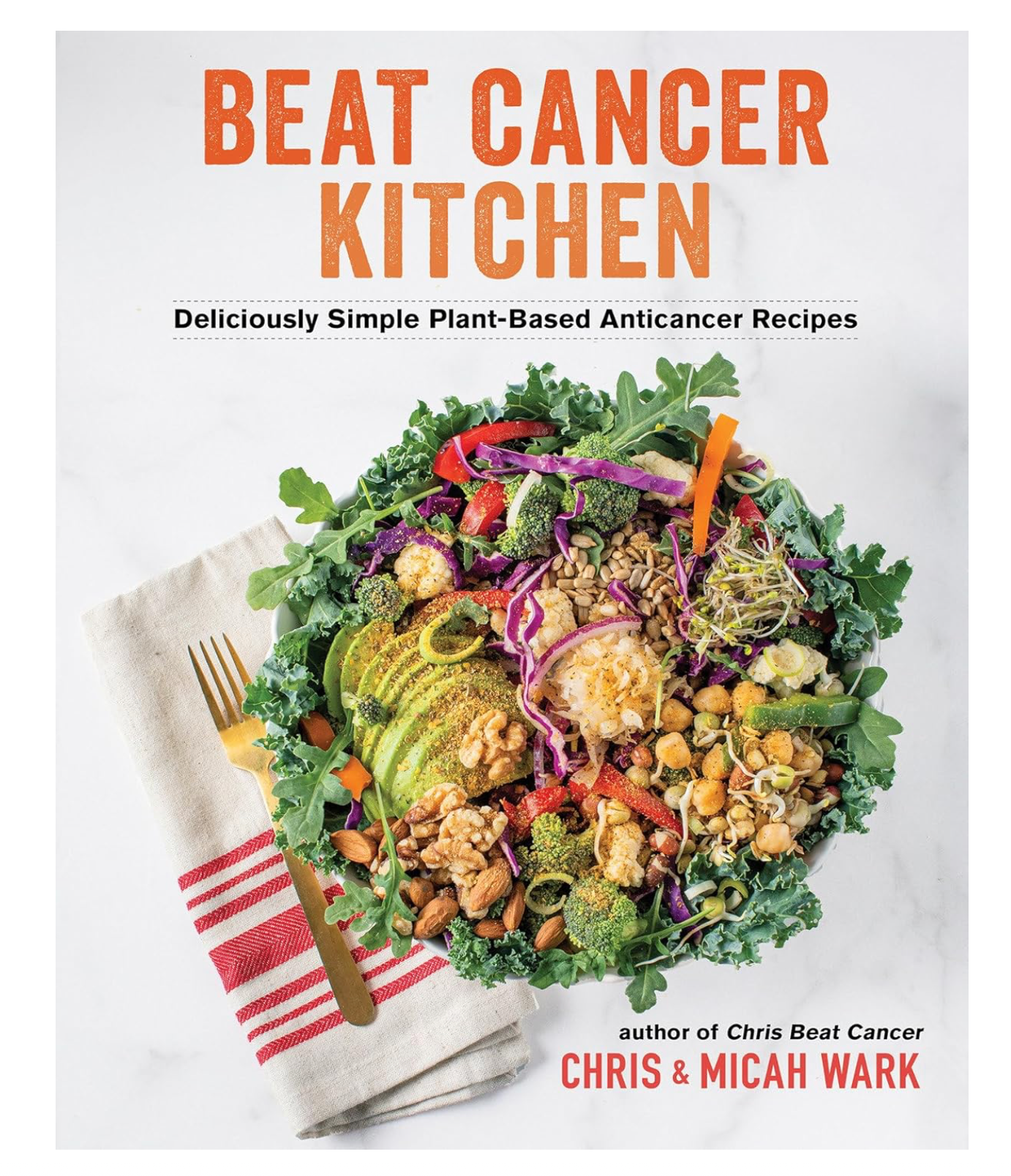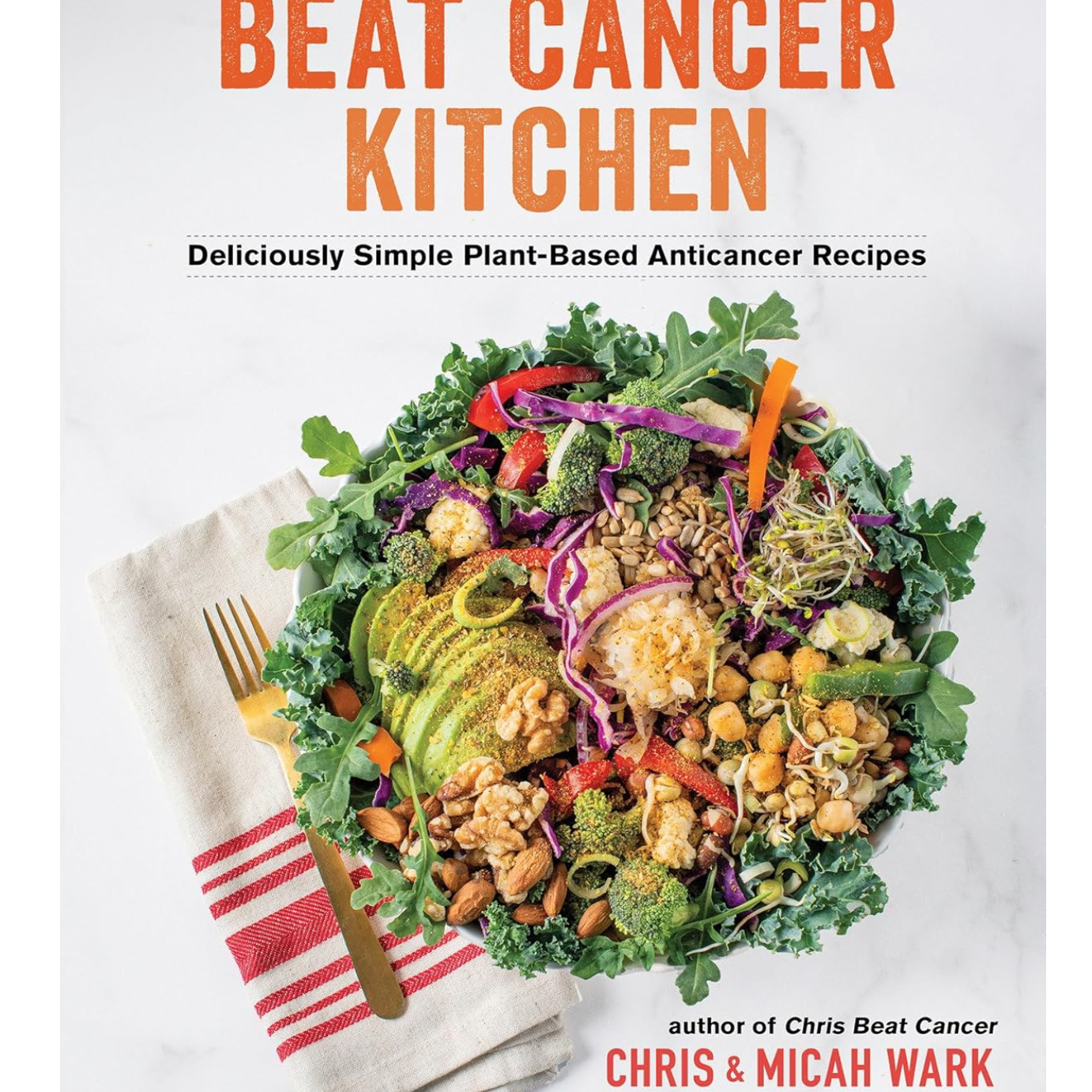When Does Collagen Start Declining?
We often think of collagen loss as something that happens in our 30s or 40s — a slow and inevitable part of aging that eventually leads to fine lines, sagging, and wrinkles. But here’s a surprising truth: collagen production actually begins to change much earlier than most people realize — even as early as childhood.
That’s right. Some types of collagen begin to taper off before age 10, long before you see a single wrinkle in the mirror. Understanding when and how collagen declines — and how to support it at every stage — is one of the most powerful ways to keep your skin strong, smooth, and youthful for decades to come.
In this guide, we’ll explore what collagen really is, the different types that make up your skin, when each type starts to decline, and how habits like using gentle exfoliates and nourishing face oils can help your skin age beautifully.
What Is Collagen, Really?
Collagen is the most abundant protein in the human body — and the main building block of your skin. It makes up roughly 75% of your dermis, the deeper layer of skin that gives structure, firmness, and elasticity [1].
Think of collagen as scaffolding: it holds everything up, keeps the surface smooth, and helps your skin bounce back after every expression. There are more than 28 types of collagen in the human body, but a handful are especially important for skin health.
The Four Key Collagen Types for Skin
Here’s a breakdown of the most important collagen types, what they do, and why they matter:
-
Type I: The most abundant collagen in adult skin (~80–90%). It provides structure, firmness, and tensile strength — essentially the framework that keeps skin taut and resilient.
-
Type III: Known as the “youth collagen,” it’s abundant in fetal and childhood skin. It gives skin its soft, elastic, bouncy quality and supports rapid healing.
-
Type IV: Creates a supportive mesh between the dermis and epidermis, anchoring the two layers together. It’s essential for smooth texture and barrier strength.
-
Type VII: Anchors the dermis and epidermis, maintaining structural stability and preventing sagging.
Each type declines at different times — and that’s the key to understanding how skin changes over a lifetime.
Collagen Decline Starts Earlier Than You Think
Most skincare articles will tell you collagen loss begins in your mid-20s — and that’s partly true. But the story is more nuanced. Here’s how it really works:
Childhood (Ages 0–10): Type III Collagen Begins to Slow
-
What happens: During infancy and early childhood, Type III collagen is produced at incredibly high levels, helping skin grow, stretch, and heal rapidly.
-
When decline begins: By around age 8–10, production of Type III collagen — the one responsible for that soft, elastic, “baby skin” quality — starts to slow down [2].
-
Visible changes: None yet. But the foundational shift is happening: skin gradually becomes less “bouncy,” and healing, while still fast, is not quite as instantaneous.
Adolescence to Early 20s: The Ratio Shifts
-
What happens: As you move through puberty, your body produces more Type I collagen and less Type III, changing the skin’s structure.
-
Result: Skin becomes stronger and more resilient but slightly less elastic. The Type I : Type III ratio shifts from about 1:1 in infancy to roughly 4:1 in adulthood [3].
Mid-20s: The Slow, Steady Decline Begins
-
What happens: Collagen production — especially Type I and Type III — begins to drop by about 1% per yearstarting around age 25 [4].
-
Result: You won’t see wrinkles yet, but skin may gradually lose some of its youthful “bounce.” Fine lines from repetitive expressions might appear.
30s–40s: Collagen Quality Declines
-
What happens: Not only does the quantity of collagen decrease, but the quality does too — fibers become more fragmented and less organized [5].
-
Result: The skin becomes thinner, less firm, and more prone to wrinkles and sagging.
50s and Beyond: Menopause Accelerates Loss
-
What happens: Estrogen plays a major role in collagen synthesis. After menopause, women can lose up to 30% of their skin’s collagen in the first five years [6].
-
Result: Noticeable thinning, deeper wrinkles, and decreased elasticity.
What Causes Collagen to Decline Faster?
While age is the biggest factor, several lifestyle and environmental influences can speed up collagen loss — sometimes dramatically:
-
Sun exposure: Up to 80% of visible facial aging is caused by UV damage, which breaks down collagen fibers and impairs new production [7].
-
Smoking: Nicotine constricts blood vessels, reducing nutrient delivery to the skin and increasing free radical damage.
-
Poor diet: A diet low in protein, vitamin C, and antioxidants limits the building blocks your body needs to produce collagen.
-
Stress: Chronic stress elevates cortisol, which can impair collagen synthesis.
-
Inflammation: Repeated inflammation from acne, pollution, or irritation accelerates collagen breakdown.
Collagen Through the Ages: A Timeline
Here’s a simple visual breakdown of when key collagen types decline and how that affects your skin:
| Age Range | Collagen Shift | Visible Effects |
|---|---|---|
| 0–10 | Type III production begins to taper | None visible — skin remains highly elastic |
| 10–20 | Shift from Type III to Type I dominance | Stronger, less “baby-soft” skin |
| 20–30 | Collagen drops ~1% per year | Fine lines may start |
| 30–40 | Quality and cross-linking decline | Skin thins, early sagging |
| 40–50 | Barrier collagen (Type IV, VII) drops | Texture roughens, wrinkles deepen |
| 50+ | Estrogen-related collagen crash | Significant sagging, loss of firmness |
How to Support Collagen Naturally
You can’t stop the biological clock — but you can slow collagen loss and support healthy production with smart daily habits. Here’s how:
1. Daily SPF: Your #1 Collagen Defender
UV radiation is collagen’s worst enemy. Daily broad-spectrum SPF — even on cloudy days — helps prevent premature breakdown and photoaging [7].
2. Antioxidants: Neutralize Free Radicals
Free radicals from pollution, sun, and stress damage collagen fibers. Topical antioxidants like vitamin C, green tea, and resveratrol help neutralize them and support synthesis [8].
3. Use Gentle Exfoliates: Stimulate Renewal
Regular exfoliation encourages new cell turnover and can indirectly support collagen production by triggering the skin’s natural repair response. Gentle acids (like lactic or PHA) and fruit enzymes are ideal for consistent use without irritation.
4. Incorporate Face Oils: Strengthen the Barrier
Face oils rich in essential fatty acids — like rosehip, prickly pear, and pumpkin seed — support the skin barrier and lock in moisture. A strong barrier reduces inflammation and oxidative stress, both of which accelerate collagen loss.
5. Eat Collagen-Supporting Foods
Protein (for amino acids), vitamin C (for collagen cross-linking), zinc, and copper are all essential nutrients for collagen synthesis. Bone broth, citrus fruits, leafy greens, and pumpkin seeds are excellent sources.
6. Manage Stress and Sleep
Chronic stress increases cortisol, which breaks down collagen. Prioritize sleep and stress-reducing practices — they have measurable effects on skin quality.
Shop the Face Oil Collection →
Myths About Collagen Decline (And the Real Facts)
Myth #1: Collagen only starts declining in your 30s.
Fact: Type III collagen begins tapering before age 10 as part of natural development.
Myth #2: Collagen loss is inevitable, and nothing can help.
Fact: While aging is natural, lifestyle, nutrition, and skincare choices can significantly slow collagen degradation.
Myth #3: Topical collagen creams rebuild collagen.
Fact: Most topical collagen molecules are too large to penetrate the skin. Ingredients that stimulate collagen production(like peptides and vitamin C) are more effective.
Myth #4: Exfoliation thins the skin.
Fact: Harsh over-exfoliation can damage the barrier, but gentle, consistent exfoliation supports renewal and strengthens skin over time.
FAQs: Collagen Decline and Skin Aging
Q: Can collagen decline before puberty?
Yes — Type III collagen production begins slowing as early as age 8–10, although it’s not noticeable on the surface [2].
Q: Can skincare really boost collagen production?
Topical collagen itself won’t do much, but ingredients like vitamin C, peptides, and retinoids can stimulate your skin’s natural collagen synthesis [8].
Q: Are face oils helpful for collagen support?
Indirectly, yes. Face oils support the skin barrier, reduce inflammation, and provide antioxidants — all of which protect existing collagen and create optimal conditions for new production.
Q: How often should I use exfoliates for collagen support?
2–4 times a week is ideal for most skin types. Gentle, consistent exfoliation is more beneficial than harsh, infrequent treatments.
Final Thoughts: Collagen Decline Isn’t the Enemy — Neglect Is
Collagen decline is a natural part of being human — but the timing and severity of that decline are not set in stone. Some of it is written in your genes, but much of it depends on your daily choices: how you protect, nourish, and support your skin.
The key takeaway? Start early, stay consistent. Even simple steps — wearing SPF, using antioxidant serums, choosing barrier-supportive face oils, and gently exfoliating — can help your skin stay firm, strong, and luminous for decades longer.
References
-
Bolognia JL et al. Dermatology, 4th ed. Elsevier, 2017.
-
Fleischmajer R et al. J Invest Dermatol. 1982;79(2):93–97.
-
Kadoya K et al. Mech Ageing Dev. 1992;65(2–3):203–215.
-
Varani J et al. Am J Pathol. 2006;168(6):1861–1868.
-
Rittié L, Fisher GJ. Mech Ageing Dev. 2002;123(7):801–810.
-
Brincat M et al. Br J Obstet Gynaecol. 2005;112(7):973–981.
-
Gilchrest BA. J Invest Dermatol. 2013;133(E1):E2–E6.
-
Pullar JM et al. Nutrients. 2017;9(8):866.

